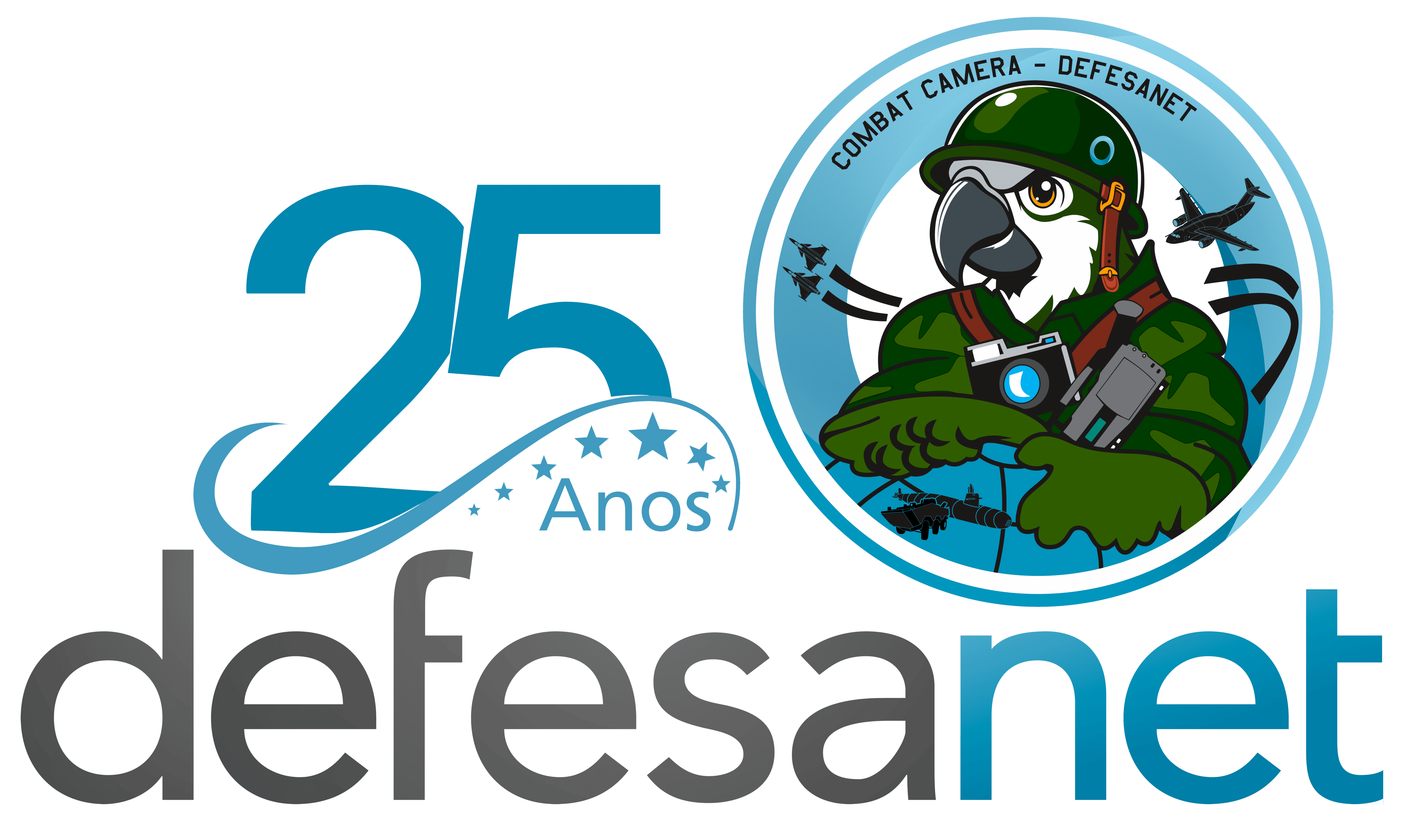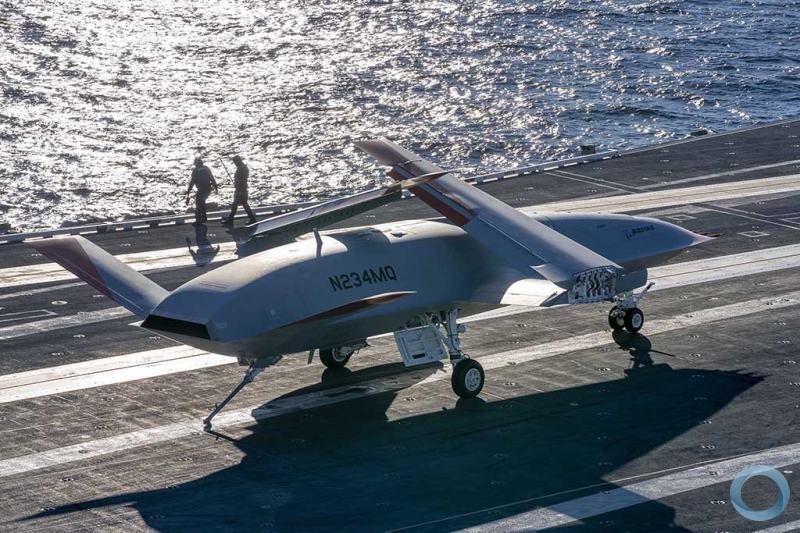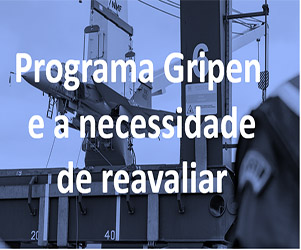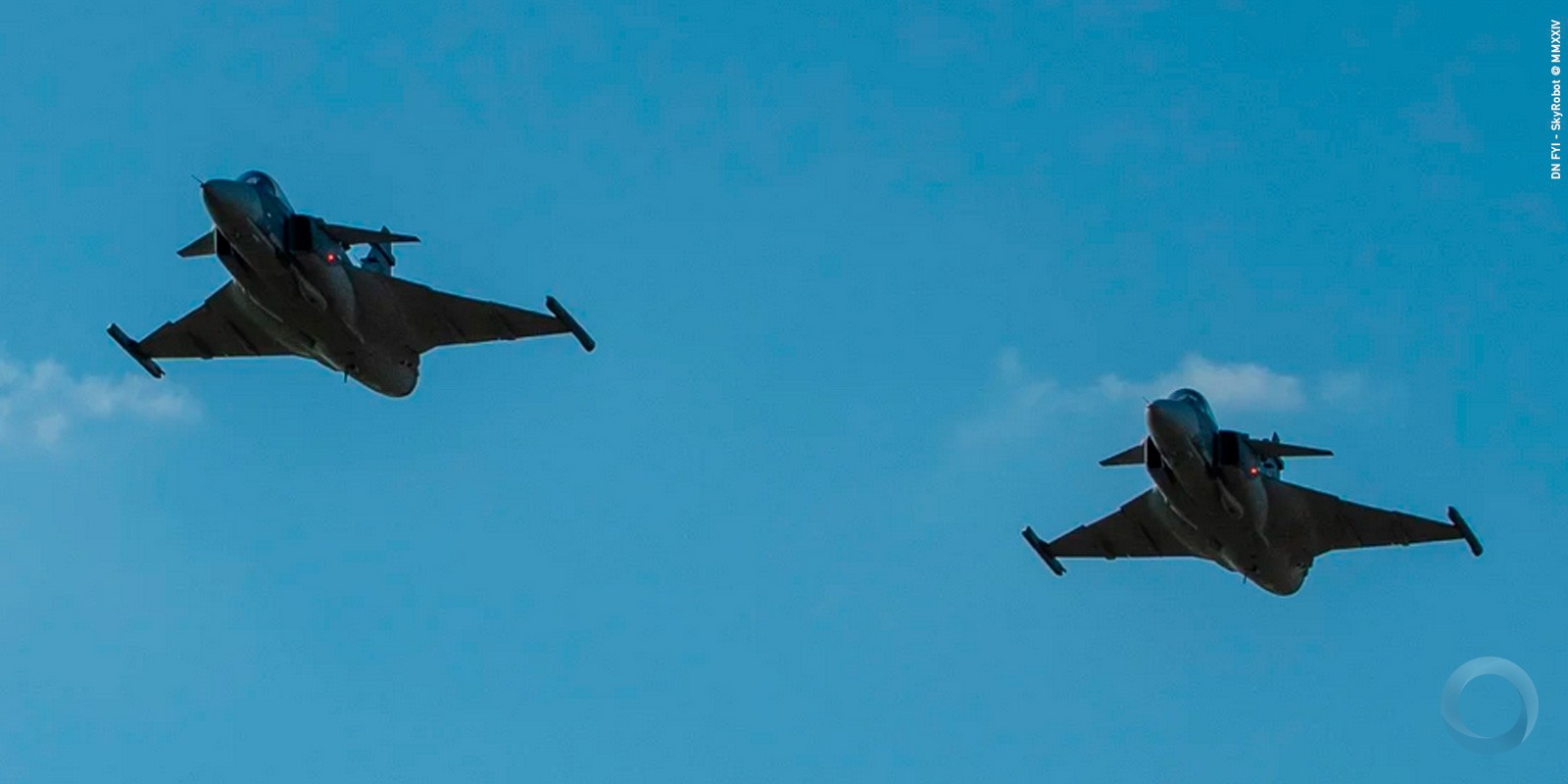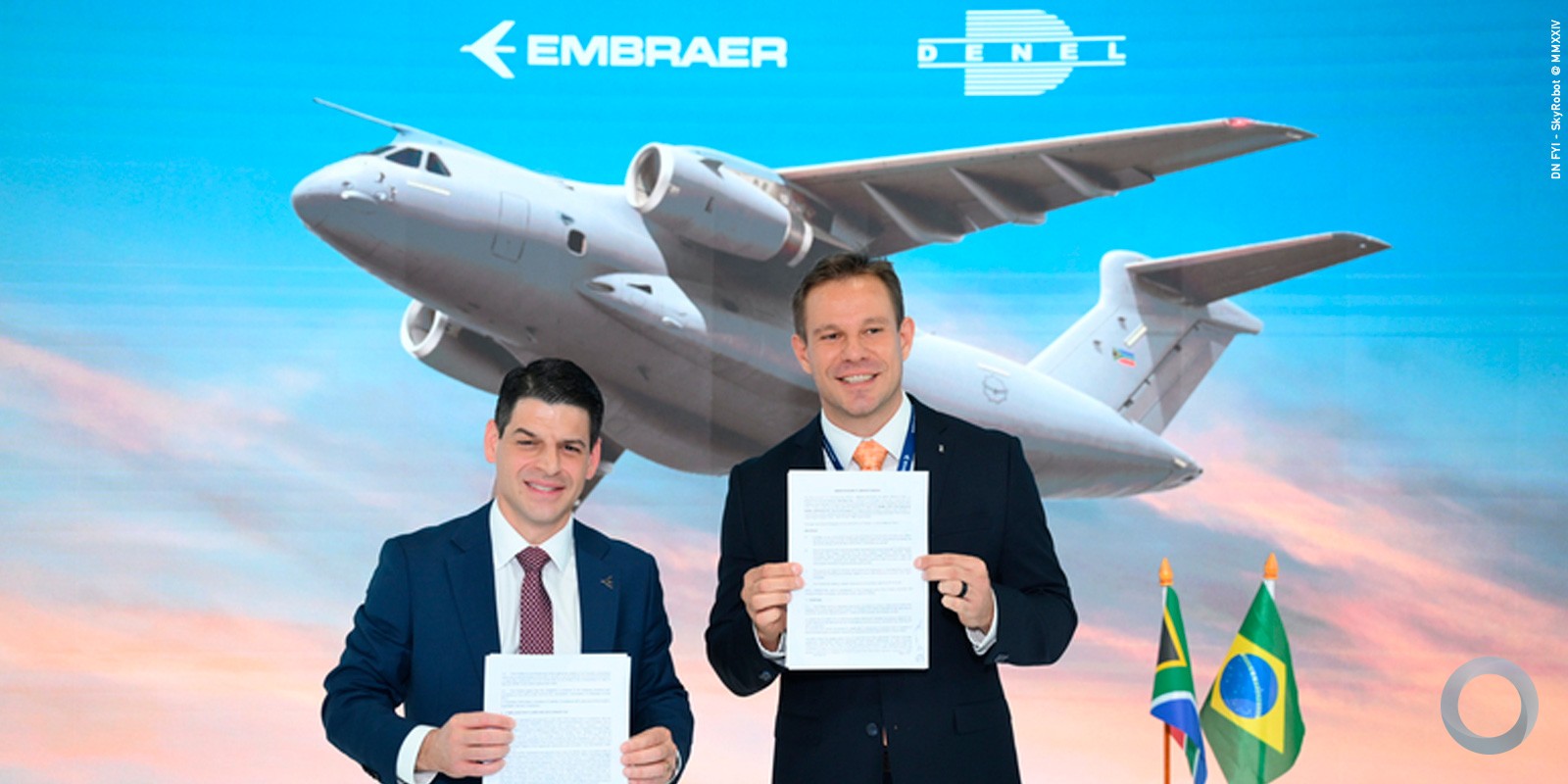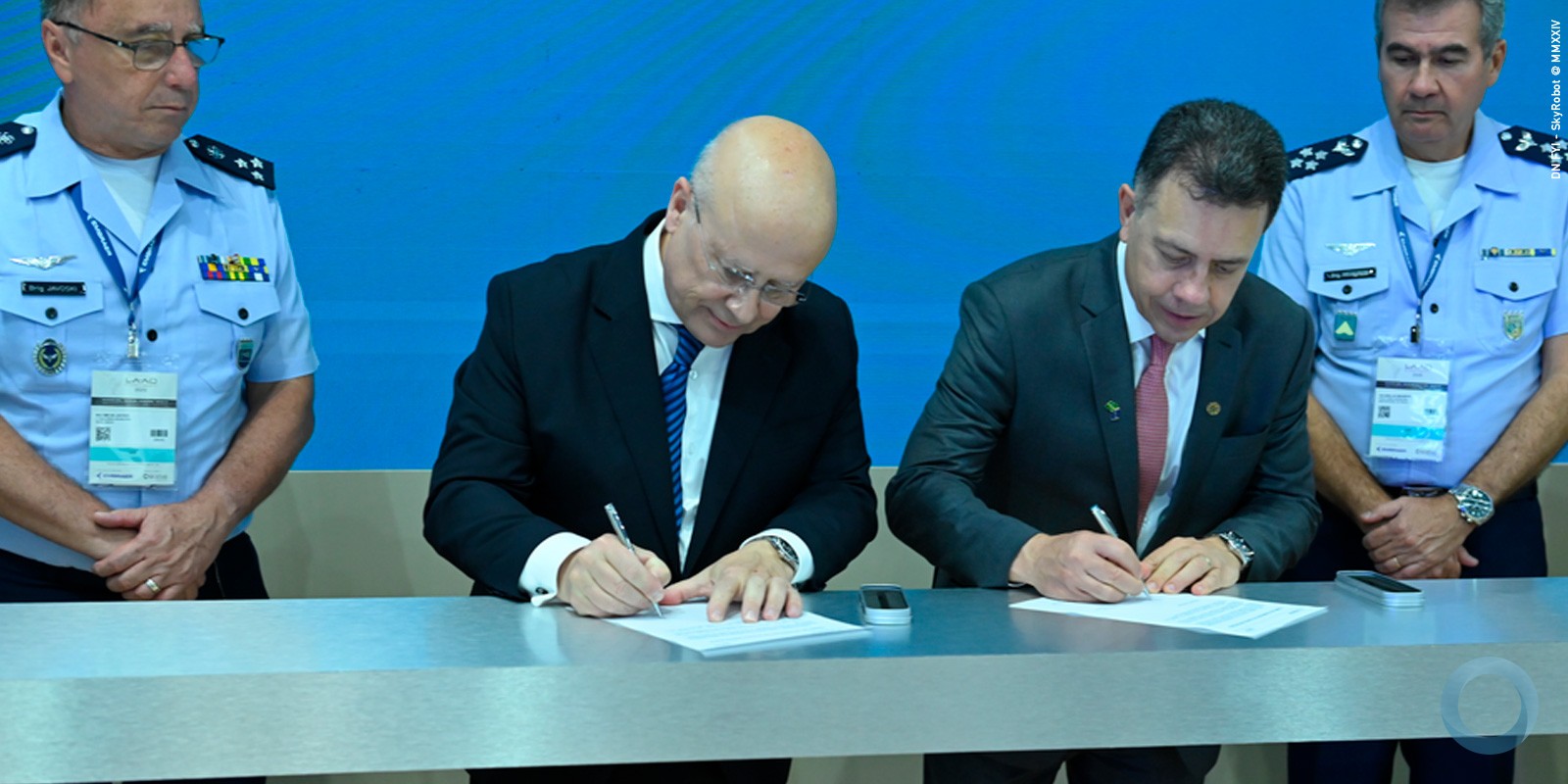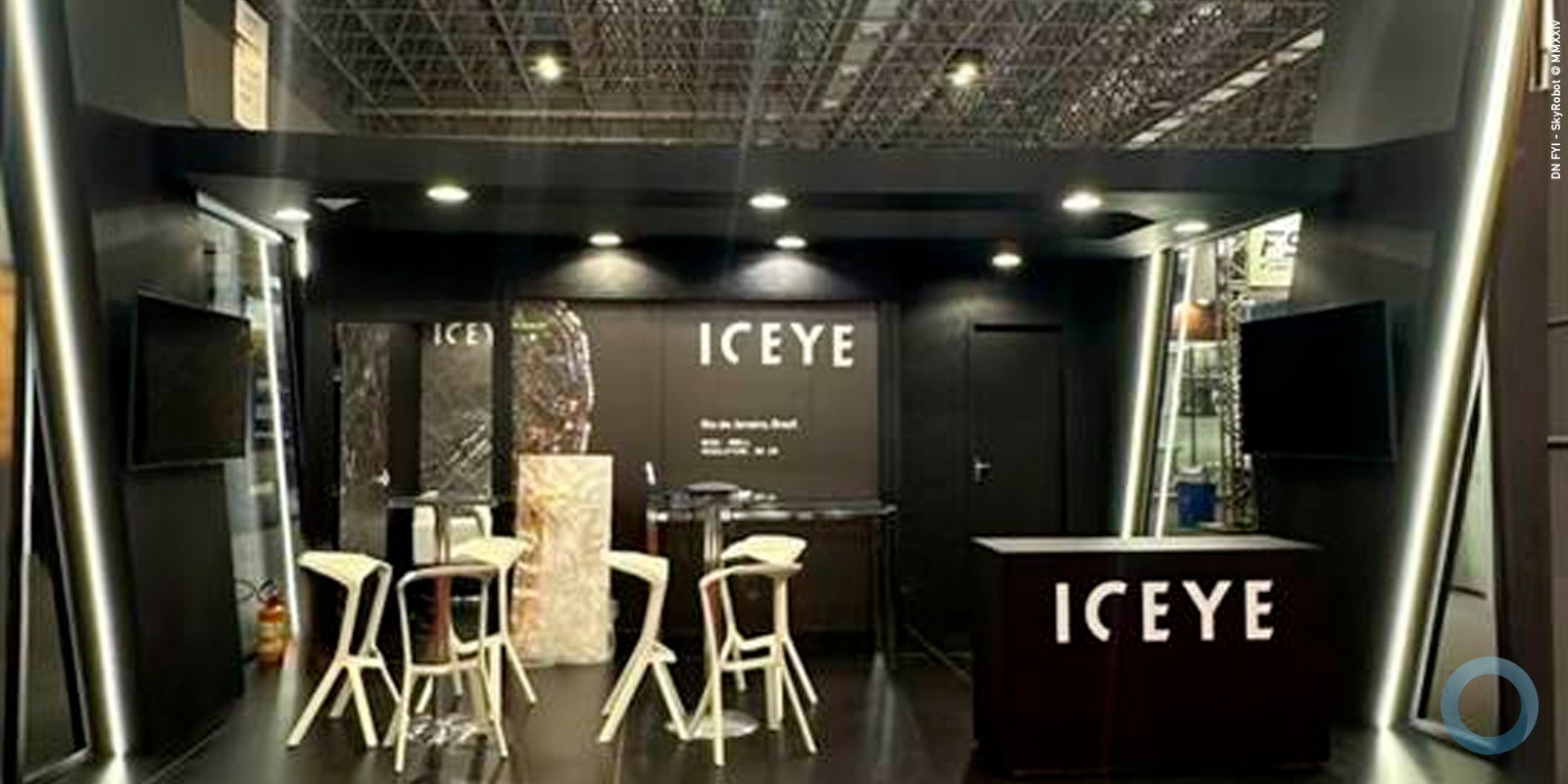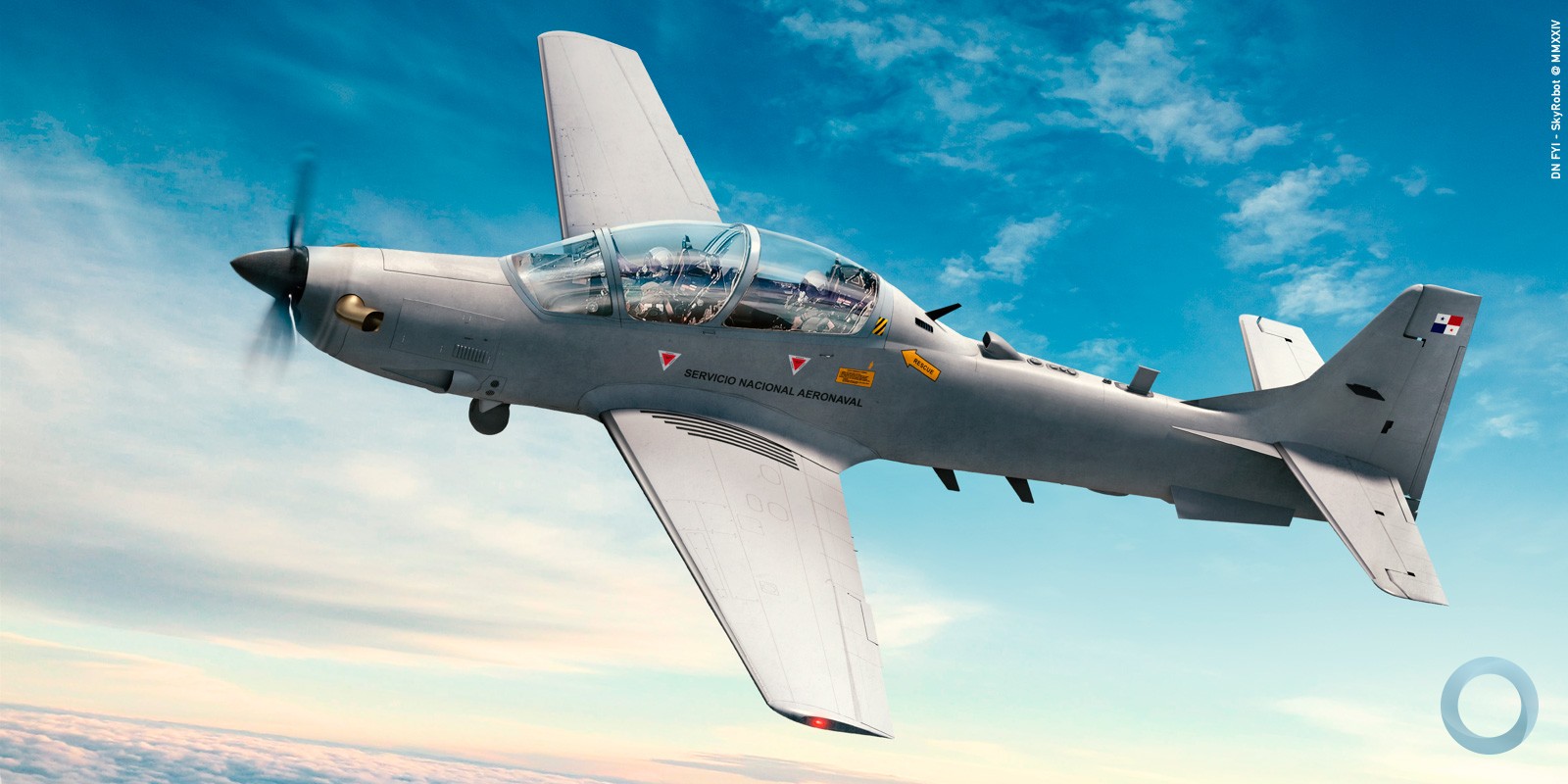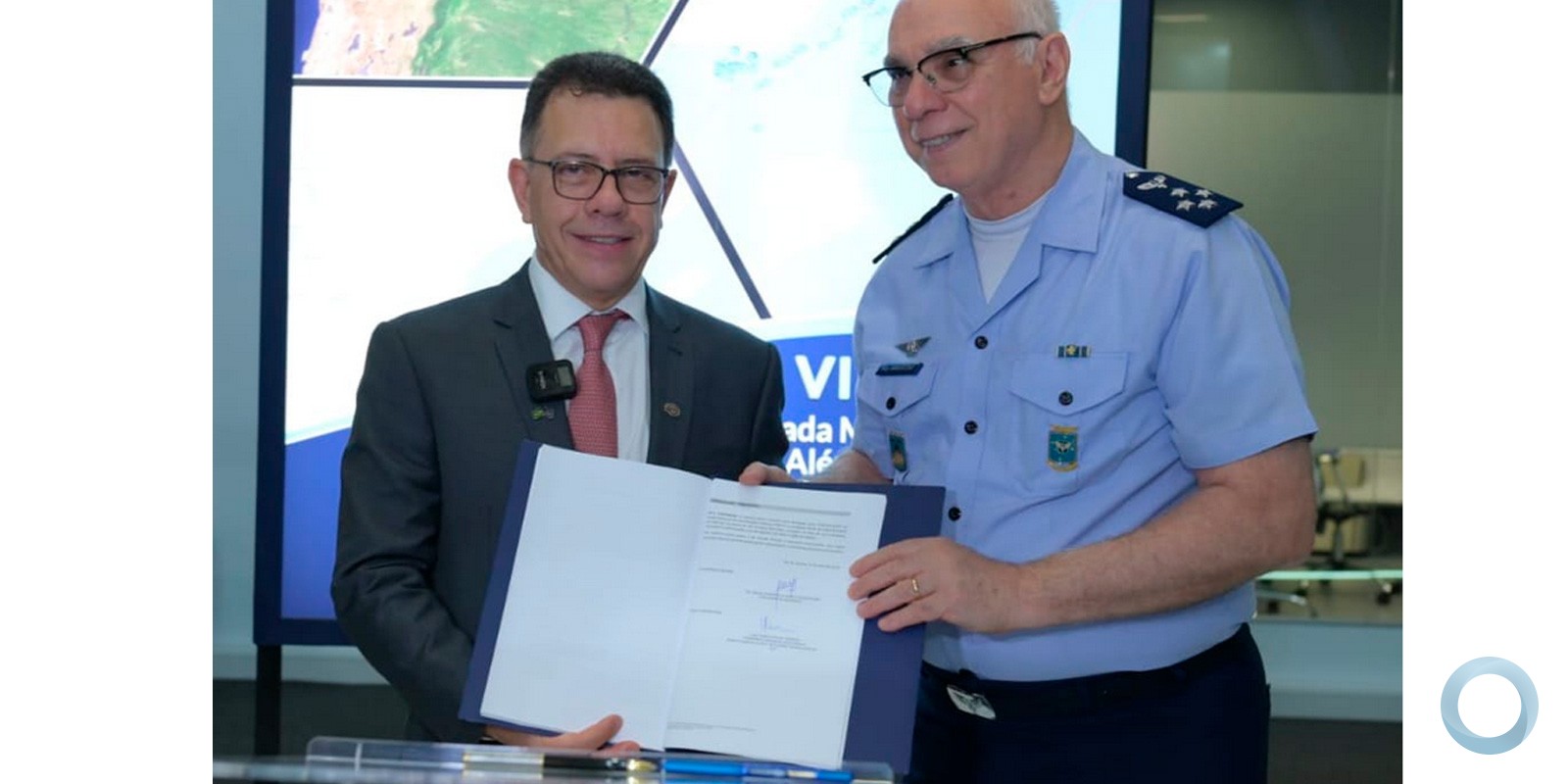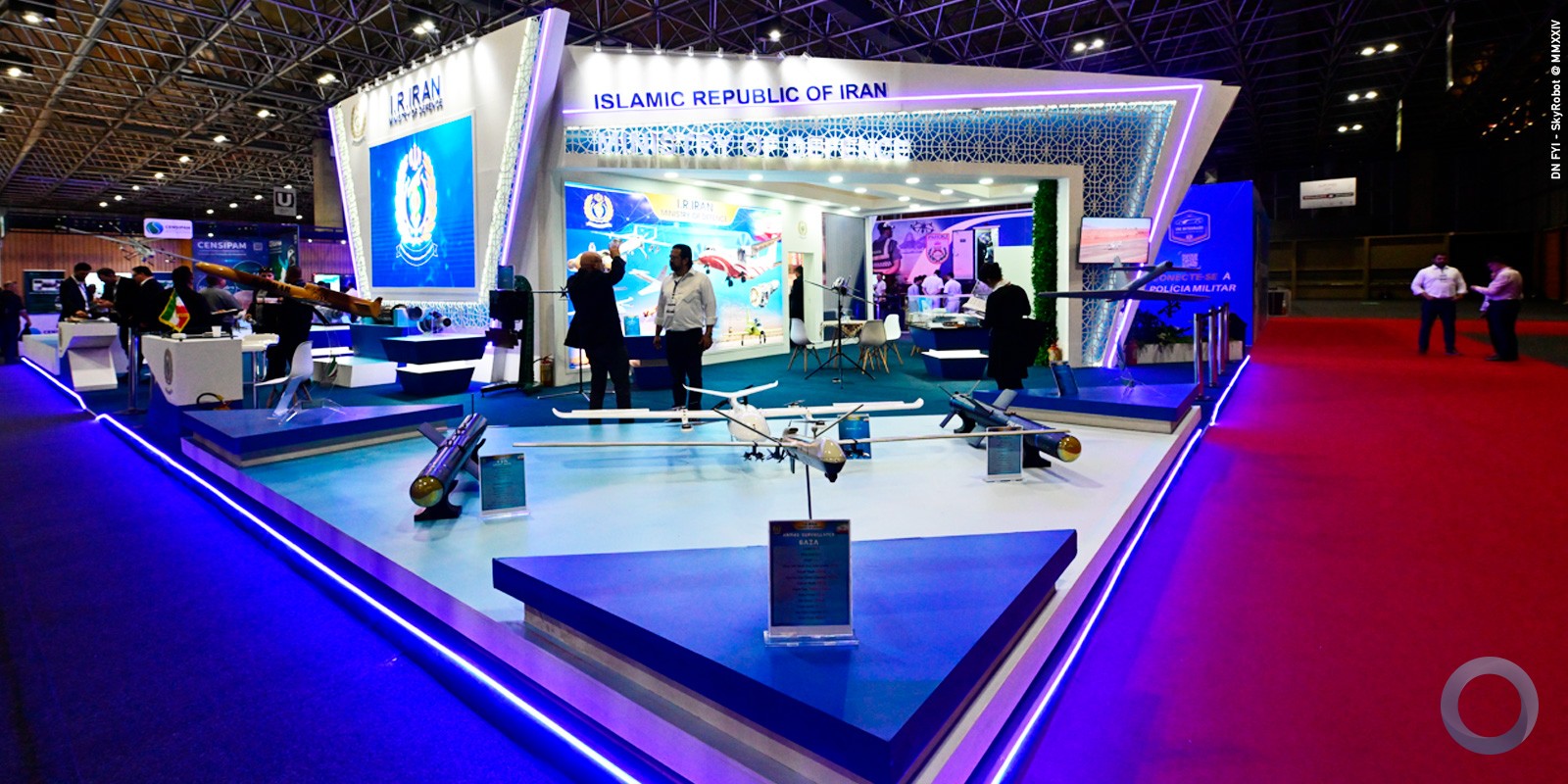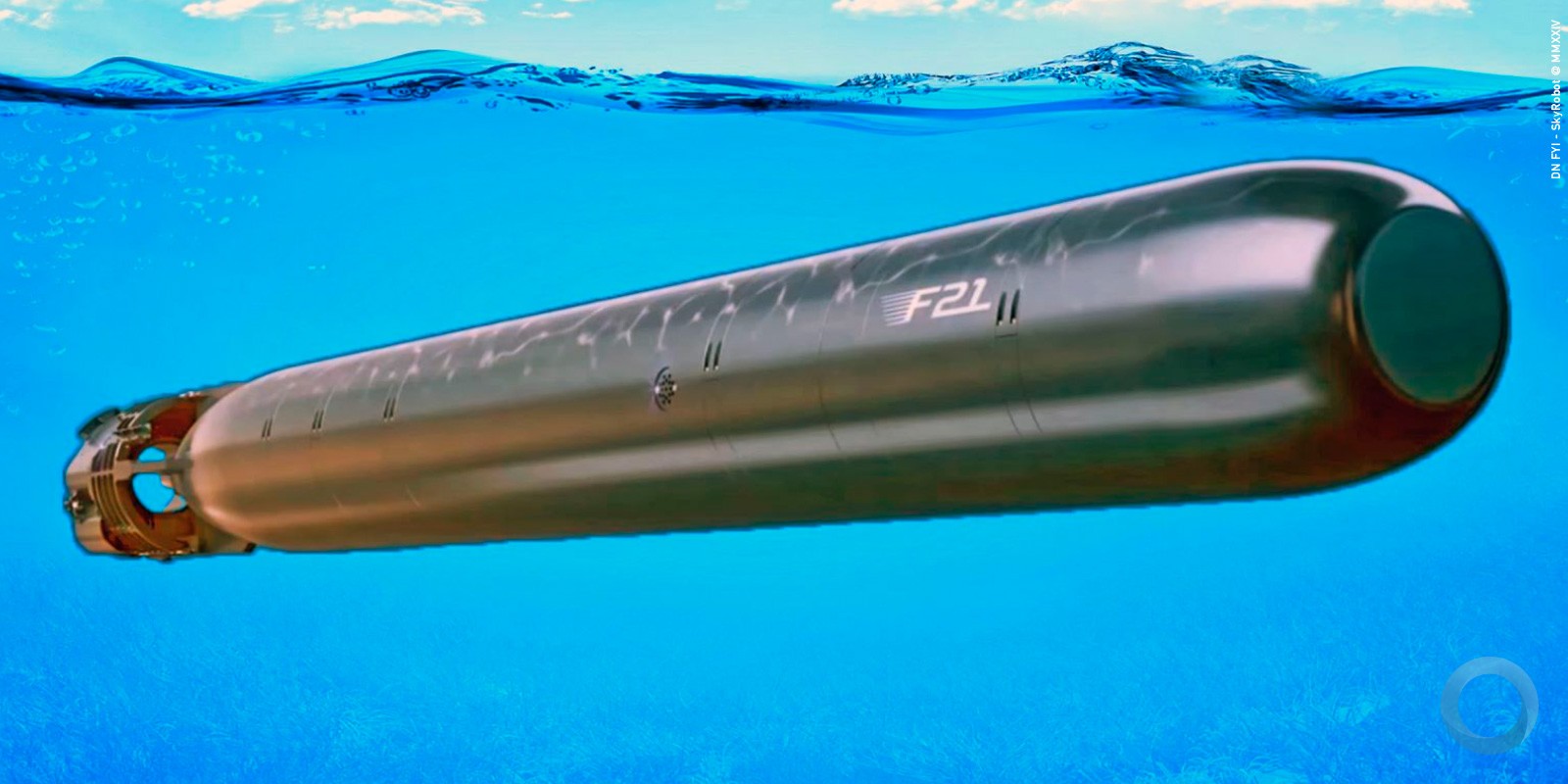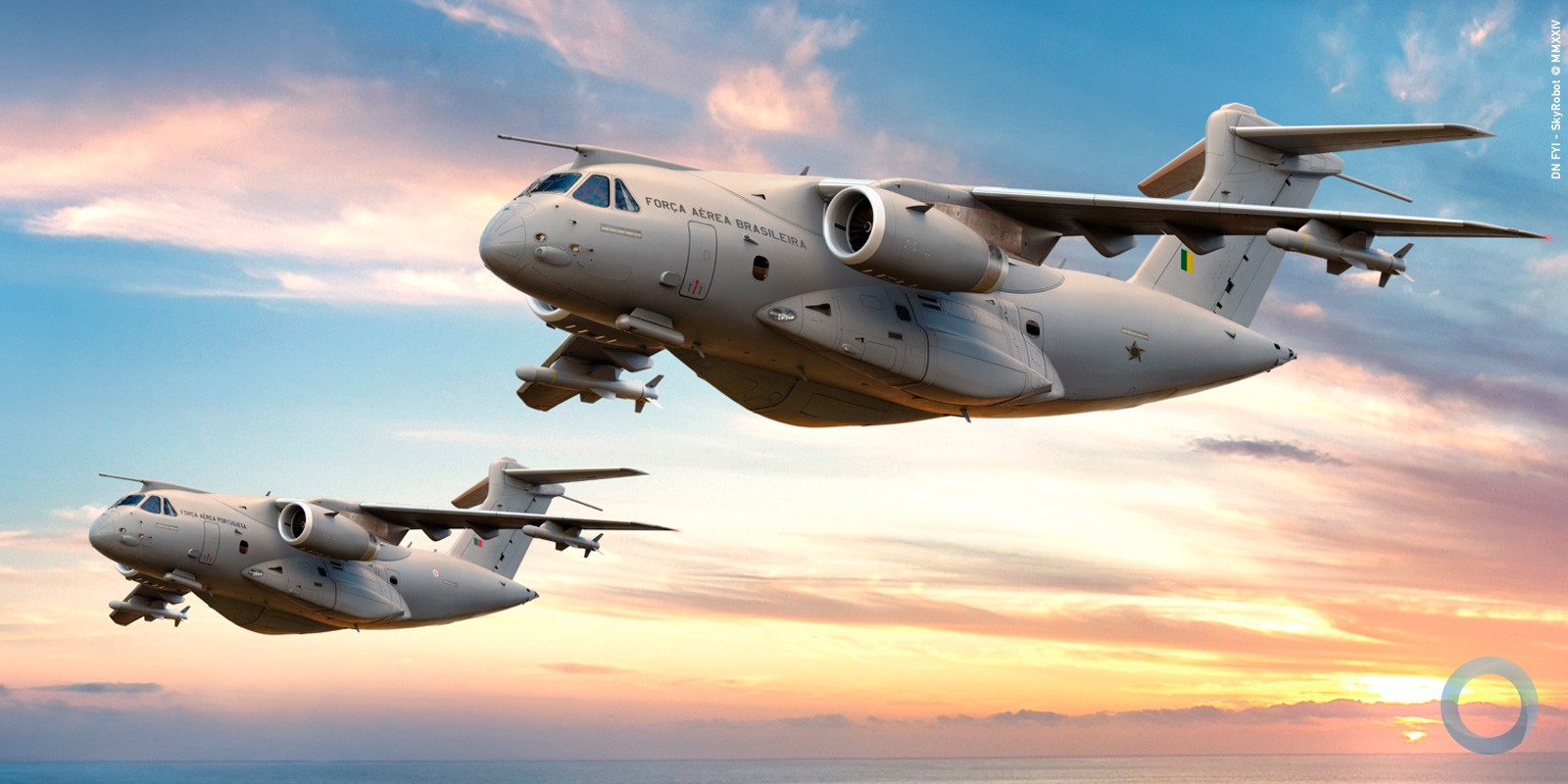Source: Naval Technology
The LCS programme, initiated in the early 2000s, aims to deliver 52 vessels of a flexible and reconfigurable design that will utilise three interchangeable mission modules and an open architecture command and control system. The vessels are being built in two variants simultaneously by two teams, one led by Lockheed Martin, the other by General Dynamics and Austal USA.
The programme initially called for each team to build two vessels for assessment and testing by the US Navy in a competition for a production run of up to 55 ships. Following the delivery of USS Freedom (LCS-1) and USS Independence (LCS-2), the decision was taken to proceed with both types, with the US Navy requesting Congress to approve funding for ten vessels of each variant. Contracts were awarded to Lockheed Martin and Austal USA in December 2010 for the construction of up to ten ships each, beginning with LCS-5 and LCS-6.
Freedom class
Two Freedom class vessels have been completed by the Lockheed Martin team to date and commissioned by the US Navy – LCS-1 in 2008 and USS Fort Worth (LCS-3) in 2012. USS Detroit (LCS-5) is currently under construction and due for delivery to the navy this summer. Also on order are seven further vessels, deliveries of which will follow at six-month intervals. Lockheed expects to receive contract options for the next two fiscal year 2015 Freedom class vessels in the coming months.
The Freedom class is based on a semi-planing steel mono-hull design, which, unlike the V-displacement hulls of traditional navy vessel, enables high speed manoeuvrability and agility. At 118.6m long, with a shallow draft of 4.1m and a narrow beam of 17.5m, the vessel is also optimised for operations in littoral waters and improved access to ports. It has a range of more than 1,000 nm at top speed, exceeding 40 knots, and 4,000 nm at cruise speed.
Independence class
Like the Freedom class, the Independence class has been designed as a versatile combat ship to meet the US Navy's coastal and littoral requirements. With a stable and manoeuvrable trimaran hull, 31.6m beam, 4.27m draft and an expansive flight deck and mission bay, the vessel's design is based on a flexible computing backbone with open standards to eliminate dependence on proprietary hardware and software. The 127.4m long vessel has an endurance of 4,300 miles at 18knots, three weapon module zones and the capacity to carry any two mission packages simultaneously.
LCS-2 was commissioned in January 2010, second of class USS Coronado (LCS-4) was delivered to the navy in September 2013 and commissioned in April 2014; with the future USS Jackson (LCS-6) launched from the Austal USA shipyard in December 2013 and currently undergoing fitting-out. LCS-8 was christened the future USS Montgomery in November 2014, while construction continues on LCS-10. Five further orders have also been placed by the US Navy.
Mission sets: modular design vs multi-mission capabilities
The vessel's three interchangeable primary mission sets are mine countermeasures (MCM) – the ability to detect and neutralise surface and moored mines as the navy's sole MCM asset and replacement of the fleet MCM capability; surface warfare (SUW) – designed to counter threats such as fast inshore attack craft and fast attach craft; and anti-submarine warfare (ASW) – with the ability to detect and counter quiet diesel submarines in littoral waters, as an advancement of the navy's fleet blue water ASW capability.
"The overall requirement is modularity to deliver capability in certain form factors," said Neil King, director of business development for littoral ships and systems at Lockheed Martin. "The idea is you can install one mission module on a ship fairly quickly, go out and conduct a mission, come back into port, change out the mission capability and head out again.'
Interchangeable mission sets are a new approach to flexible capabilities from the US Navy, and a fundamental shift from the usual multi-mission capabilities built into the design of surface fleets to allow a single vessel to perform a range of roles.
"While multi-mission is a good approach, it also proposes two challenges – typically those ships are a lot more expensive to build, and secondly, as the technology matures it is difficult to update the ships to reflect the latest technologies," King said. "So the thought process was that if you have a basic hull you can easily add technology to as it matures, and provide the capability for those three specific missions."
Testing of all three mission packages is currently underway, with the SUW package installed on LCS-1 the furthest through the process.
Each SUW mission package includes two 30mm guns, an MH-60 Romeo helicopter with forward looking infrared radar, laser rangefinder/designator, inverse synthetic aperture, airborne low frequency sonar, sonobuoys and MK54 lightweight hybrid torpedoes; the Fire Scout MQ-8B vertical take-off and landing (VTOL) unmanned aerial vehicle; ASW escort module with towed variable depth sonar active source, a multi-function towed array (MFTA) acoustic receiver, and continuous active sonar processing and system control; and a torpedo defence module with an MFTA with acoustic intercept) for alertment and a light weight tow for countermeasures.
Phases one and two of developmental testing of the SUW package were completed by the navy in July 2012 and October 2013 respectively, with tracking and live fire scenarios successfully executed, and operational testing undertaken in 2014.
The MCM mission package consists of the MH-60 Sierra Helicopter; the Fire Scout MQ-8B VTOL UAV; remote multi-mission vehicles; AN/AQS-20A mine hunting sonars; airborne laser mine detection system; airborne mine neutralisation system; organic airborne and surface influence sweep; unmanned surface vehicle; unmanned surface sweep system; coastal battlefield reconnaissance and analysis; and surface mine countermeasures unmanned undersea vehicle.
This module completed phase one testing on LCS-2 in October 2011. During the testing, the first simultaneous off-board systems mission was successfully executed, and mines were detected and classified by both the MH-60S helicopter and remote mine-hunting system (RMS) based sonar. This was followed the successful demonstration in the detect-to-engage sequence and simultaneous helicopter and RMS operations in testing phases two through five, with operational evaluation to take place throughout 2015.
The ASW package includes a MH-60 Romeo Helicopter with eight Hellfire missiles, a .50 calibre machine gun, and a 7.62mm machine gun; Fire Scout; two 30mm gun module that uses the MK 46 MOD (X) gun weapon system with MK 44 MOD 2 30mm automatic cannon; surface-to-surface missile module which will use the Griffin Block lIB missile for increment I. The maritime security module will include two 11m rigid hull inflatable boats; visit, board, search, and seizure gear; two berthing modules with gear storage; and one head and shower module.
Currently undergoing testing and review, the ASW package is due for initial delivery in FY2016. The phased delivery of the mission systems has allowed the navy to incorporate additional capabilities as they have matured, and production of the packages will pace ship deliveries as the programme progresses.
First steps
The operationally active LCS vessels have been put through their paces a number of times. LCS-1 undertook its first deployment in 2010 when it deployed to the Fourth Fleet in the US Southern Command area of responsibility, conducting drug seizure operations and participating in Rim of the Pacific (RIMPAC) exercises. The vessel undertook its second deployment in 2013 to Southeast Asia, where it participated in international maritime exercises with allied navies, patrolled the South China Sea, and delivered disaster relief supplies as part of operation Damayan following Typhoon Haiyan. According to the US Navy, the deployment validated the concept of operations for the LCS, and provided key lessons to integrate into future ships.
Modifications and improvements based on this feedback – including redesigned generators and cooling systems, increased fuel efficiency and speed, increased interoperability in satellite communications, an easier launch recovery and handling system, and enhanced waterjets – were applied to follow-on Freedom class vessels.
LCS-2 participated in RIMPAC 2014 in mid-2014. Preparations for the voyage saw the mine warfare mission package swapped for the surface warfare package in a test closely resembling real-world situations. The package was fully swapped in 96 hours, and the vessel took part in a number of scenarios during the exercise, including acting as a plane guard for an aircraft carrier, performed operations with special operations forces, and board and search exercises aboard Chinese destroyers. The vessel's initial operational test and evaluation (IOT&E) with the MCM mission package will take place in August 2015.
LCS-3 completed SUW mission package IOT&E in April 2014, satisfying both IOT&E and initial operational capability programme milestones. Following total ship survivability trials in October 2014, the vessel deployed in November for a 16-month rotational deployment to Singapore in support of the US Navy's strategic re-balance to the Pacific.
LCS-4 is scheduled to complete post shakedown availability in March 2015, will officially transfer to the fleet in April 2015, and will conduct IOT&E with the SUW mission package in August 2015.
Fit for purpose?
While the US Navy continues to learn from these deployments, there has been much attention paid to the vessels' perceived shortcomings in the areas of lethality and survivability – particularly with regard to their firepower capabilities against vessels armed with stand-off range anti-ship missiles.
However, these criticisms ignore that the major tenet of LCS was to develop a high-speed, shallow draft, modular surface combat vessel rather than a true frigate.
"In the littoral environment, having a ship that can get in, get out and manoeuvre in constricted space was the priority, so they identified those as salient characteristics of the design," King said. "The whole concept of operations was to support low-intensity operations across the three specific mission sets – that means the vessel won't necessarily get into the minefield or into the area of a submarine – it will use its manned and unmanned assets to remotely prosecute the task.
"There was a fair amount of concept of operations development early on because this was a new shipbuilding programme and a new way of operating vessels, and a certain amount of lessons learned from deployment have been used to further refine the operational concept."
The next chapter
Following a period of indecision on the fleet's future, a small surface combatant task force was stood up in mid-2014 to assess requirements for the final 20 LCS vessels. As a result the navy has taken the decision to move toward a truer surface combatant concept with a modified hull and lethality and survivability upgrades better suited for higher-intensity conflicts.
Rather than being a comment on the inadequacy of the existing LCS design, King believes this is simply a reflection of the natural progression of long-running shipbuilding programmes.
"If you take a step back and look at other major shipbuilding programmes that run for a long time, you can definitely see flight upgrades – for instance look at the US Navy's DDG that began in the 1980s, they are still being built today and they are now on flight III," he said. "So as part of any traditional shipbuilding programme they continuously look at the technology and how the threats are evolving, and build in required changes across the spectrum of the ship class."
The process is now underway to further refine what the survivability and lethality upgrades will include, in order to get them flowed into the design configuration for the 20 modified LCS small surface combatant ships. A number of the improvements are also expected to be retrofitted into the existing fleet. At the same time, the US Navy has taken the decision to replace the LCS' oft-misunderstood non-traditional LCS designator with the FF traditional hull designation for frigates.
In addition to ASW and SUW, the modified LCS will be capable of providing continuous and effective air, surface and underwater self-defence, with the addition of over-the-horizon surface-to-surface missiles, air defence sensors and weapons upgrades, an advanced electronic warfare system, advanced decoys, a towed array system for submarine detection and torpedo defence and two 25mm guns. The vessels' passive survivability measures will also be added to in order to reduce the ships' signature against mine threats, and certain vital spaces and systems will be hardened against damage from weapon impact.
These alterations will change LCS' capabilities from a ship designed to use defensive tactics and manoeuvrability into a vessel capable of participating in SUW surface action groups and ASW search and attack units; as well as providing escort to high value units and support for carrier strike group SUW and ASW operations. According to the navy, "the modified LCS ships will complement the planned 32 LCS ships, resulting in a 52-ship small surface combatant fleet in keeping with the navy's force structure analysis. The 32 LCS ships, with their full modular capability, will allow the navy to deploy assets to meet the navy's mine warfare, SUW, and ASW demands."
LCS was always an ambitious programme, and the fact that the navy has decided to persevere with a modified version of LCS for the final twenty vessels is testament to the vessels' designs and capabilities. But looking ahead to the predicted theatre threat environment for the 2025 timeframe, a vessel with greater emphasis on SUW and ASW capabilities that provides lethality, survivability and multi-mission capabilities provides a better fit with US Navy fleet priorities – and the 32 LCS, with their modular and flexible capabilities, will remain a key asset.
